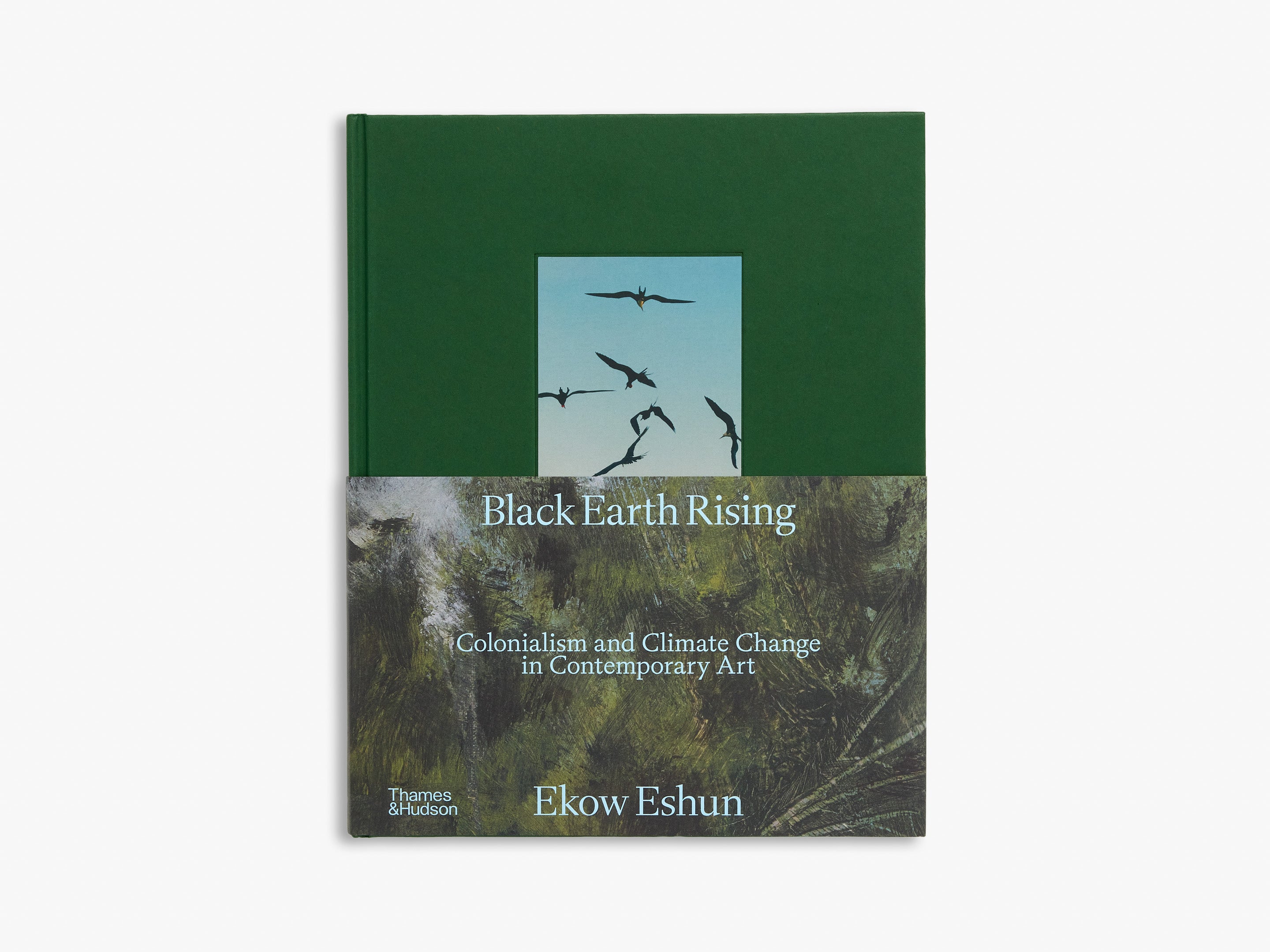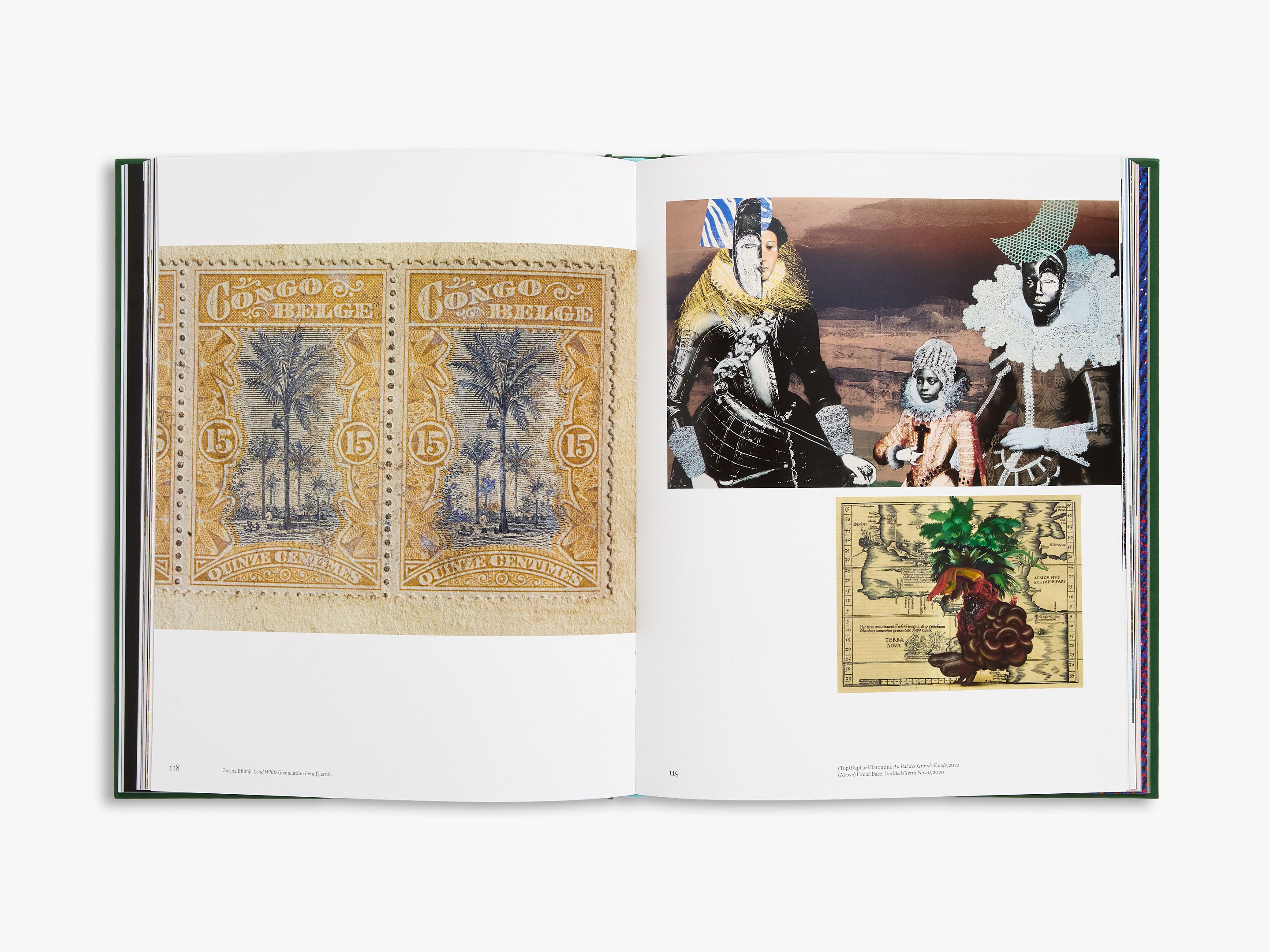© Dennis Morris. Sandringham Road, Dalston, Hackney, London, 1976
Though Dennis Morris has made a name for himself photographing some of the music greats – Bob Marley, the Sex Pistols, The Stone Roses and more – he has also spent a significant portion of his professional career documenting black British life.
Born in Jamaica, Morris moved to the UK as a young boy in the 1960s and discovered photography at the age of fourteen. His earliest works explored the neighbourhoods around him, from Hackney to Southall, where communities of Afro-Caribbean, Somali, Eastern European and Irish families were embedded within a predominantly South Asian population. He also recorded other aspects of British working-class life, documenting underprivileged white communities in their day-to-day life.
One of his first bodies of work, Growing up Black, captured his immediate experience as a teenage boy in Hackney. Featured in Dennis Morris: Music + Life, this series presents a compelling and spirited look at the community Morris grew up in, from churchgoers in their Sunday best to children playing on the street or locals hanging out in dance halls.
Take a deeper look at this groundbreaking body of work – unlike anything else made at the time, and still rarely seen today.
© Dennis Morris. Blues dance, Hackney, London, 1975
I was born in Jamaica and emigrated to England in the early 1960s, growing up in the East End of London. We faced many challenges, including finding housing, as many landlords were reluctant to rent rooms to black people. You’d see signs saying, “No dogs, no blacks, no Irish”. When we arrived in England, my mother and I shared a single room separated by a curtain. On the landing there was a common cooker and sink for all the tenants on the floor, and the bathroom and toilet were also shared.
From left to right: © Dennis Morris. ‘Three Kettles’, Hackney, London, 1972 / © Dennis Morris. ‘Mother’s Pride’, Hackney, London, 1976
Looking back, it was a very inspiring time; because of the lack of money and opportunities, we had to create our own identity, we had to be inventive. I didn’t realise it then, but it was a pivotal moment for black people in Britain, politically and culturally, a time of pride and self-definition. I see it now as a pioneering time, a time of great struggle and change.
© Dennis Morris. Shiloh Church congregation, Dalston, Hackney, London, 1971
Sound-system culture was very important to the black community. After a hard week’s work, everyone went to the blues dances – all-night parties, usually held in people’s basements. It was a way for people to get together, share news from the streets, and swap stories about what was happening in London and Jamaica. Each area had its own sound system, from Admiral Ken and Count Shelly in Hackney to Sir Coxsone Sound and Saxon Studio International in South London and Brixton.
© Dennis Morris. The infamous Four Aces Club, Count Shelly Sounds, Hackney, London, 1973
In those days, reggae was rarely played on the radio, black music wasn’t accepted by the mainstream, and black people weren’t welcome in white pubs and clubs, so people would just transform their basements into clubs for the weekend. Everyone dressed to impress: mohair and two-tone suits, miniskirts, Afros... Sessions started on Friday and lasted all night, from 10 pm until 8 am on Saturday morning. Admission was 50p, shots of whisky were £1 and curried goat was £1 a plate.
From left to right: © Dennis Morris. Admiral Ken with his Box Men, Hackney, London, 1973 / © Dennis Morris. ‘Living the Dream’, Hackney, London, 1973
I wanted to be a photojournalist. My main influences were the great war photographers Don McCullin, Robert Capa and Tim Page, and the reportage of Henri Cartier-Bresson, but my biggest inspiration was Gordon Parks, the first black photographer to work for Time magazine, who also went on to direct Superfly and Shaft. Suddenly we belonged. We had an identity, a history, our own heroes and anti-heroes.
© Dennis Morris. ‘Brother, Can You Spare Some Change?’, Sandringham Road, Dalston, Hackney, London, 1976
When I told my school counsellor that I wanted to be a photographer, he looked at me like I was crazy. “Don’t be stupid, boy. There’s no such thing as a black photographer,” he said. I told him about Gordon Parks and James Van Der Zee, but he just looked at me blankly and shook his head. Everyone just wanted me to get a job on the production line at the Ford factory in Dagenham. I’ve never forgotten that.
Words by Dennis Morris.
Dennis Morris: Music + Life is available now















